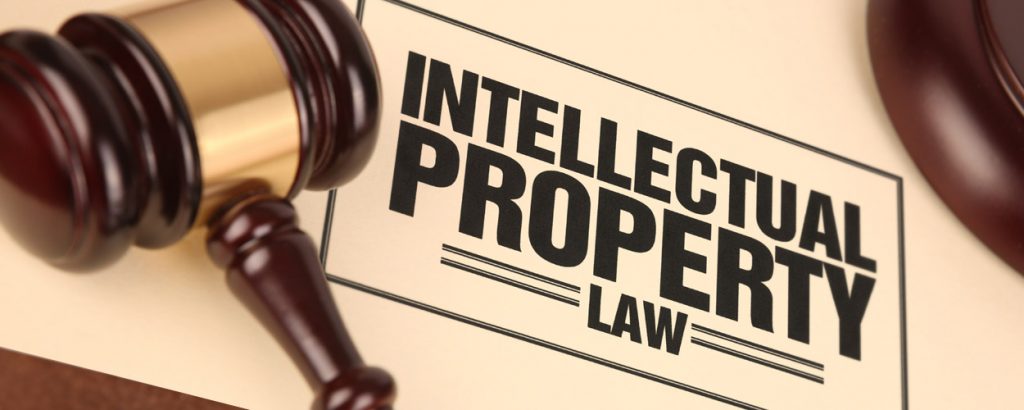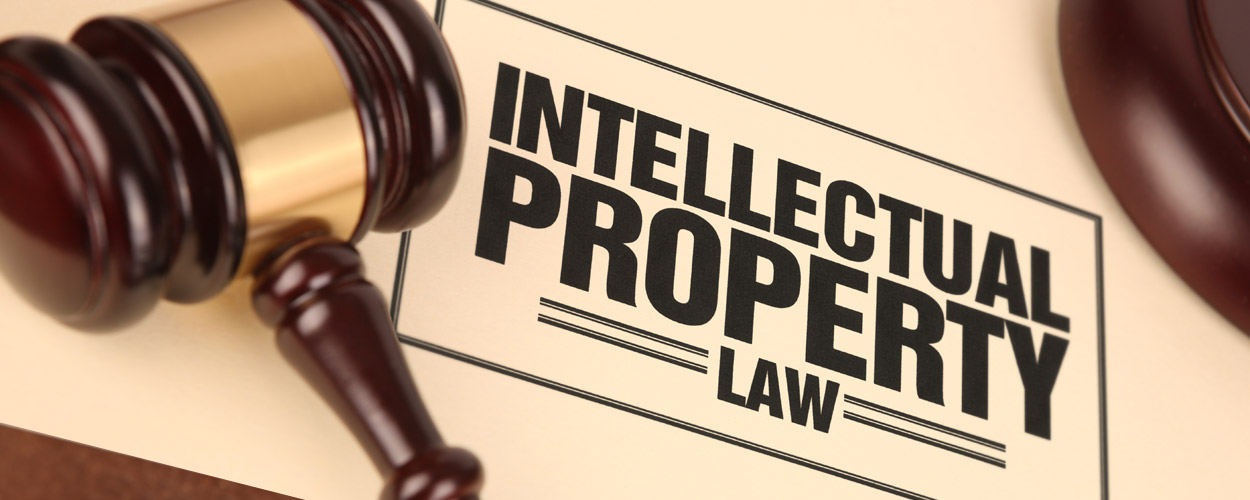If you’re at all involved in the process of designing or developing new products or technology, it pays to know the basics about intellectual property protection.

This is essentially how you’re going to protect the idea and make sure it’s kept as your own, and while most people immediately think of patent protection, there are other methods which it’s important to know about.
What is Intellectual Property?
Intellectual property prevents anyone from stealing any products or technology you might produce.
This includes the names, designs or any prototypes or plans you may have for the product.
The term intellectual property refers to something which you have physically created, so an idea alone isn’t enough to be protected.
Intellectual property belongs to you if you are its creator, or have previously purchased the rights to it from its original creator.
Remember that intellectual property can have more than one owner, and it can apply to a whole business as well as an individual.
We spoke to Cambridge Design Technology who said: “Having a great idea is one thing, but it can be useless if you don’t then protect that idea.
“If you’re serious about developing your idea and taking it into development then intellectual property protection is something which you can’t ignore.”
How to Protect it
Patents
Patents are the most powerful form of protection, and protect the technical concept behind a product or technology.
A patent will grant you a monopoly which allows you to stop anyone else from using your invention.
The patent document itself will show how the invention works and define the scope of the monopoly being granted.
Once a patent has been granted, it allows the holder to take legal action against anyone who breaches its terms, such as anyone who sells the invention without permission.
To have your idea patented it must be novel (new and original) and inventive (not a development of an existing product).
Design Registration
Registering your design provides protection for the look and appearance of your product and not the technical concepts or ideas behind like a patent would do.
This covers all aspects of a design whether it be 3d or 2d including things such as the shape, texture and material.
Like a patent, a registered design must be new and individual compared to other designs in the public domain.
Trademarks
Trademarks are used to protect things such as words, slogans, logos and perhaps even packaging.
Copyright
Copyright is an automatic protection which you don’t have to apply for, which applies to things such as original literary, artistic or musical work as well as web content, so is less applicable to products and technology.
Why should I Patent My Product?
- A patent gives you complete legal protection over any exploitation of your idea, allowing you to challenge any breaches. In these cases, you can usually be granted a settlement without the need for court action.
- Not only does your product have commercial value, but the patent itself will gain its own value, and if you ever were to sell the idea for the product, you could also sell the patent on its own.
- You can grant licences to licensees who can use the product or technology which will also net you a profit.
How to Apply for a Patent
Patents are by far the best measure of protection that you can take although the process can be a long one and a lot of detail is required, so it’s wise to seek legal aid.
However, we’ve taken a brief look at the process to give you an idea:
- Firstly, you must fill out a very detailed description of the product, including its design, components and the technology behind it and any other information which might be important.
- You will then have to define the ‘claims’. This defines the legal scope of the product and what makes it new and innovative in comparison to other designs and products. This is probably the most important part of the application.
- You should also submit drawings to help support your application which you should reference in the description.
If you are interested in applying for your own patent, head to CIPA to find yourself a patent attorney and you can apply online here at gov.uk.

